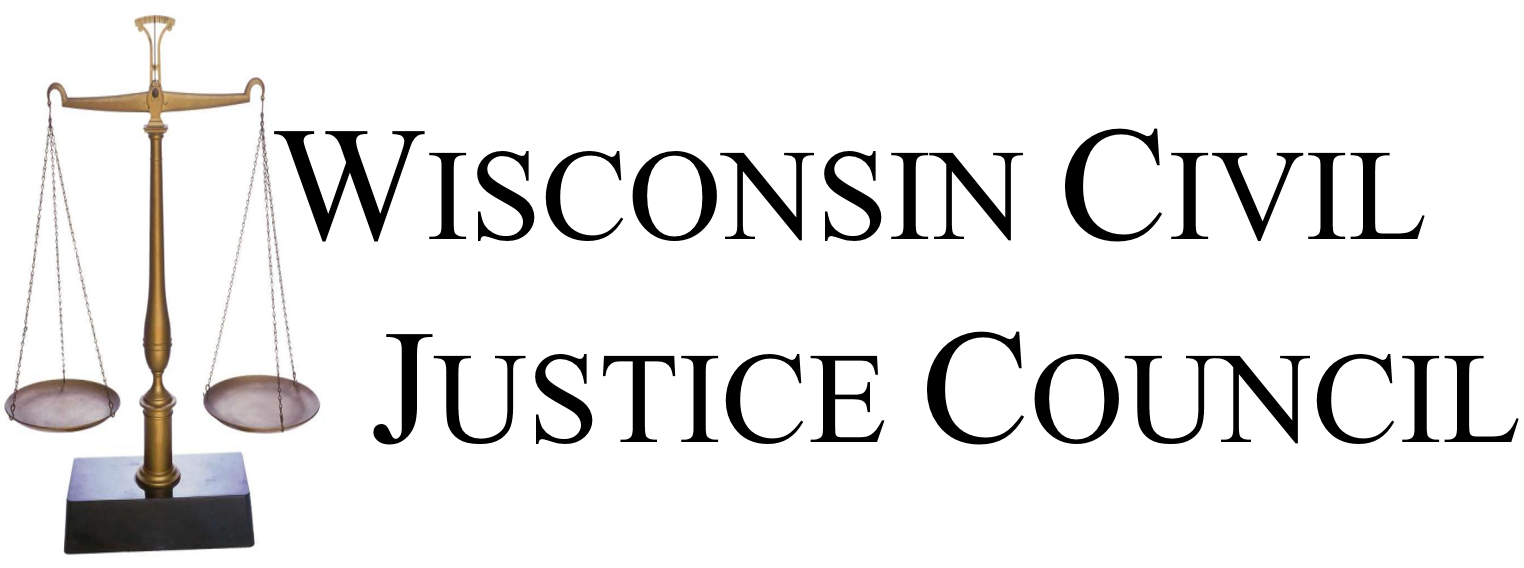In Secura Supreme Insurance Company v. Estate of Huck (2023 WI 21), the Wisconsin Supreme Court held that an insurance policy’s reducing clause could only be applied to the net amount received by an insured estate after the estate made a statutorily required reimbursement to another insurer.
Facts
A motorist struck and killed Huck while he was working. Huck’s estate received payments from his employer’s worker’s compensation carrier and from the at-fault motorist’s liability insurer. Huck’s estate sought coverage under his underinsured motorist (UIM) policy with Secura for damages exceeding those payments.
The Secura policy’s reducing clause allowed Secura to reduce its UIM liability by the amounts paid by a tortfeasor and by amounts paid under worker’s compensation law. Secura tendered a payment to the estate of the policy’s liability limit ($250,000) less the full amount of the payments provided by other insurers, leaving the estate with a total recovery of $240,281.27. Huck’s estate disputed Secura’s calculation because some of the total worker’s compensation benefit ($9,718.73) was returned to the payor by way of the estate.
Decision
In a 6-1 decision (Justice Roggensack, joined by Chief Justice Ziegler, with Justices Walsh Bradley, Dallet, Hagedorn, and Karofsky concurring), the court held that Secura was “not statutorily authorized to reduce its liability limits by the total worker’s compensation and tortfeasor settlement payments the Estate initially received but was obligated to reimburse in part.”
The dispute centered on whether Secura could reduce its liability by the full amount paid to the estate by the worker’s compensation insurer, or only by the net amount the estate received after the partial reimbursement required by Wis. Stat. § 102.29(1)(b).
The court concluded that “the plain language of § 632.32(5)(i) establishes that an insurer may reduce its liability by the recovery of the insured at the time the insurer enforces its reducing clause. … Accordingly, Secura’s policy and § 632.32(5)(i) require Secura to provide an additional $9,718.73 to the Estate.”
Concurring Opinion
In a concurring opinion, Justice Dallet (joined by Justices Walsh Bradley, Hagedorn, and Karofsky) agreed with the court’s conclusion but did not join several parts of its analysis. According to the concurring opinion, the lead opinion “unnecessarily [analyzed] a provision of the policy that the parties did not meaningfully discuss in their briefs … and the omnibus statute, Wis. Stat. § 632.32(5)(i), which regulates reducing clauses,” while the concurring opinion would have resolved the case without reaching these issues.
The concurring opinion focused on the policy’s use of the word “paid,” finding that “when the policy is read as a whole, the Estate is only ‘paid’ the money it retains after resolving both its claims against the tortfeasor and any resulting obligations to the workers’ compensation insurer.” Ultimately, the policy’s liability limit “requires that the Estate end up with the predetermined, fixed, final recovery of at least $250,000 it bargained for.”
The concurring opinion noted that “the final resolution of the underlying cause of action against the tortfeasor” is what triggers both the UIM claim and the obligation to repay the worker’s compensation insurer; therefore, “it makes no sense to calculate the amounts ‘paid’ to the Estate under Secura’s policy before that point in time.”
Dissent
In a dissent, Justice R. Bradley contended that both the lead and concurring opinions affirmed the court of appeals’ decision without closely reviewing the text of that decision or seriously considering the parties’ principal arguments. The dissent would have upheld Secura’s reduction calculation and concluded that the policy was permitted by law.
The appellate court opined that its decision was bound by a previous case, Teschendorf v. State Farm Insurance Companies, in which the court held “that Wis. Stat. § 632.32(5)(i)2. does not allow an insurer to reduce uninsured motorist policy limits by worker’s compensation payments that are not made to or on the behalf of the insured, the insured’s heirs, or the insured’s estate.” The dissent argued that Teschendorf did not apply to this case because the worker’s compensation benefit was paid to Huck’s estate, and the applicability of Teschendorf was limited because that court did not reach a majority agreement on its rationale.
According to the dissent, “By affirming the court of appeals without reviewing its decision, the majority preserves the court of appeals opinion as binding precedent. Although the majority affirms the decision on a different basis, it does not … signal that the opinion below does not retain its precedential value. … At a minimum, the majority should withdraw the precedential status of the opinion below.”
